The FX files: Boss DD-3
Everything you need to know about the gold standard for compact digital delay units
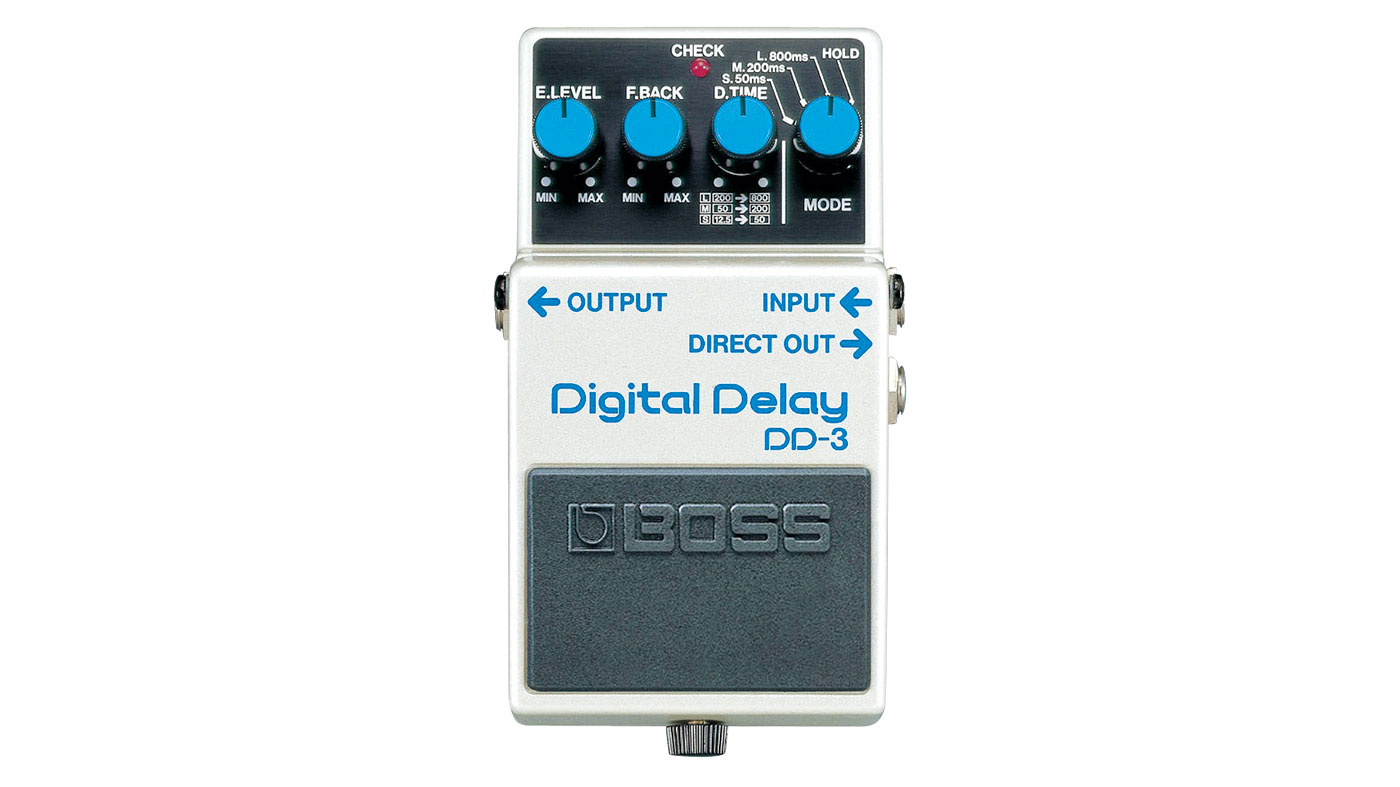
The original affordable compact digital delay, the DD-3 and its descendants have been used by bands from Radiohead to Melt Banana, Blur and The Cult.
As Roland developed more digital eff ects in the early 1980s, one of their best-sellers was the SDE-3000 digital rack delay. A high-ticket item, it was only really within reach of studios or pro users like Steve Vai and Eddie Van Halen; however, engineers worked out that the bespoke delay IC could just fit into the same form factor enclosure as their DM-2 analogue delay, and after extensive testing the DD-2 delay was born.
Version two brought sweeping changes, with much of the harder-to-assemble and fly-wire parts incorporated into a new PCB
The legend goes that in 1986 the price of this component dropped substantially, allowing Roland to reduce the price of the pedal. To avoid a perceived reduction in quality, they rebranded the DD-2 as the DD-3, a fate shared by the DSD-2, which became the DSD-3.
There are at least three distinct versions of the DD-3, although there are also a few more minor changes that have occurred over the years. The first version was the initial re-badging of the DD-2, a rough-and-ready 12-bit digital delay with a largely analogue signal path. This version had a number of issues with a notoriously wobbly Mode control, and an overly complicated PCB.
Version two brought sweeping changes, with much of the harder-to-assemble and fly-wire parts incorporated into a new PCB. It’s easily identifiable as the result of a much smaller delay chip on the underside of the board, and would later be slightly refined to incorporate a different power jack that attached directly to the PCB. During this period, the production of the pedals moved from Japan to Taiwan, as indicated by stickers on the underside.
The third version is the currently available DD-3. On this iteration, the delay chip once again changed, while the PCB was redesigned to a more Modern double-sided board, with SMD components to make the manufacturing process much more efficient.
Controls
1. E.Level
Get the MusicRadar Newsletter
Want all the hottest music and gear news, reviews, deals, features and more, direct to your inbox? Sign up here.
This is Effect Level – a mix control. Apart from the digital delay chip in the pedal, the signal path is all-analogue, and part of the sound of the pedal is the way that the two signals are blended together before the output.
2. F.Back
Feedback on a digital delay is usually a control for the number of times the captured signal buffer is repeated. On the early DD-3 units, however, the buffer was fed back into the chip via an analogue signal path, which had a particularly distinctive sound. On more recent iterations of the pedal, the buffer can be made to repeat endlessly without oscillating.
3. D.Time
Delay time controls the length of the delay recording buffer, which is analogous to the tape loop in a tape-based delay. On a mechanical tape echo, the length of this buffer is controlled by speeding up or slowing down the passage of the tape, whereas on a digital unit like this, the buffer size is altered digitally.
4. Mode
The DD-3 has several Modes, with delay times of 50ms on its short setting, 200ms on its medium setting and up to 800ms on its long setting. There’s also a HOLD Mode for recording a sample, but, unlike its sister pedal, the DSD-3 Digital Sampler/Delay, it’s not possible to record a sample and then play it back later.
Under the influence
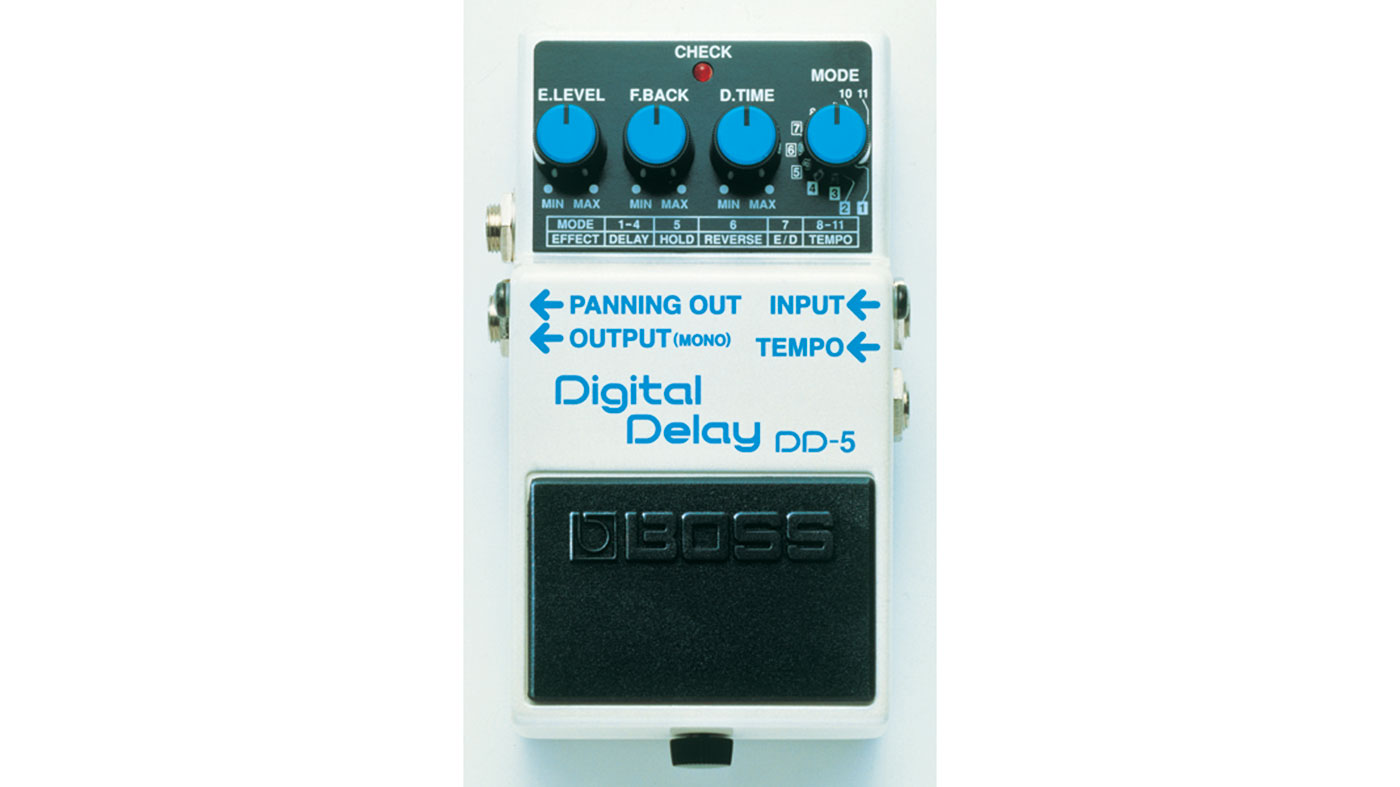
DD-5
Around £70 used
The DD-5, introduced in 1995, was significant in that it brought advances in chip technology to the DD-series. The RV-3 reverb and PS-3 pitch shifter delay had delay times of up to two seconds that far outstripped the 800ms on off er from the DD-3, and the DD-5 used this new chip to great effect. In addition to a simple sampler function, it also crucially added a reverse Mode, a feature that would continue to be popular on later Models.
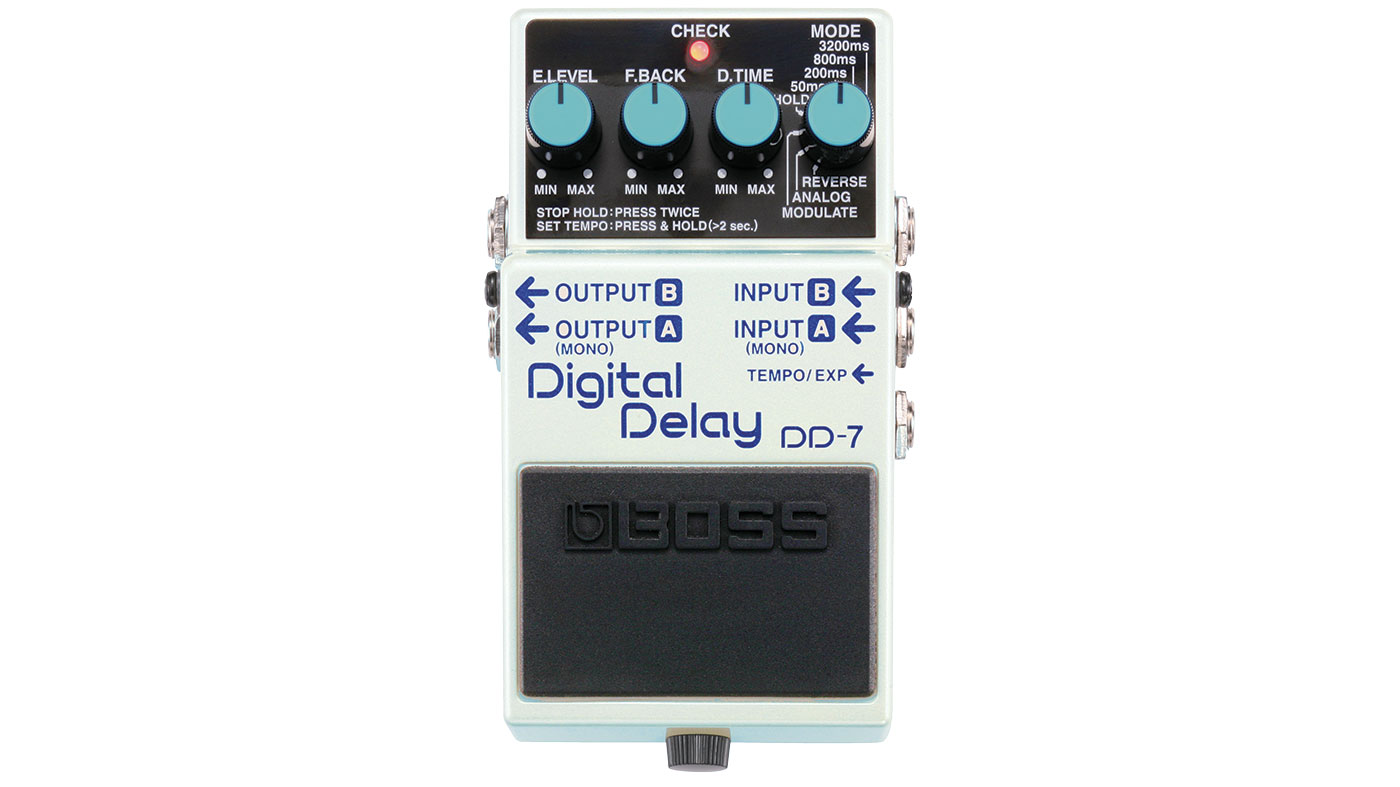
DD-7
£115
Adding an analogue and modulation Mode based on those on the twin-footswitch DD-20 Giga Delay, the DD-7 built on its predecessor, the DD-6, by increasing its maximum delay time to 6.4 seconds from 5.2. In addition to the true stereo I/O of the DD-6, it kept reverse delay Mode and built on the looping functionality, pushing its limit to 40 seconds. The ‘warp’, or oscillation Mode found on the DD-6 was not kept, making the DD-6 collectible.
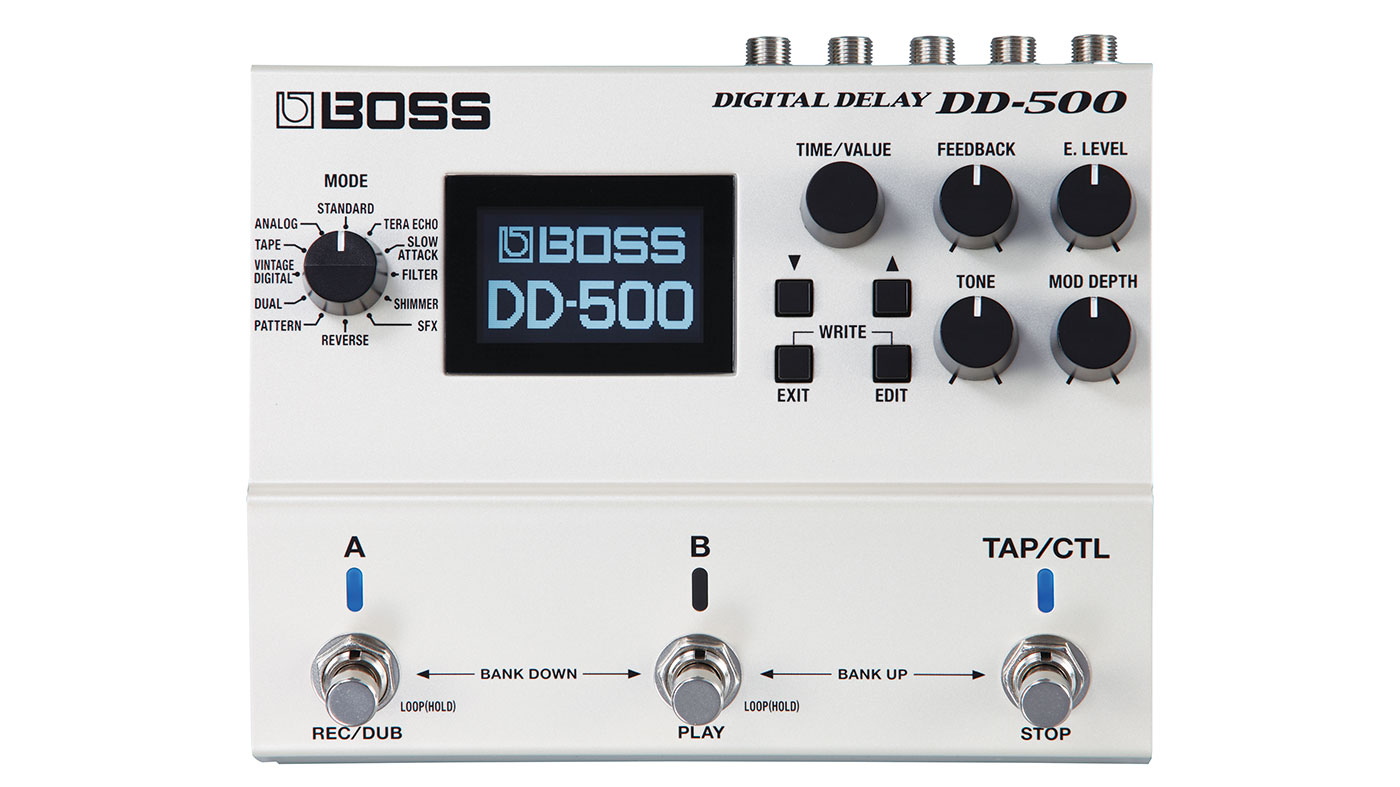
DD-500
£299
The big kahuna of Boss’s current delay line-up, the DD-500 is something that we’d call a beast of a pedal, that offers the player sample rates that, until recently, were only possible with high-end rack gear. There’s stereo I/O, as well as firmware patches that allow you to run two parallel patches either in series, parallel, or in A/B Mode, where one delay is sent to the left channel, and one to the right.
Classic tones
Get the tone #1: Post-rock tremolo picking
One post-rock trick is the washy sound of tremolo picking into a delay pedal. Choose a long enough delay time that the notes retain some definition and longer feedback so that changing notes results in harmonies from the trails.
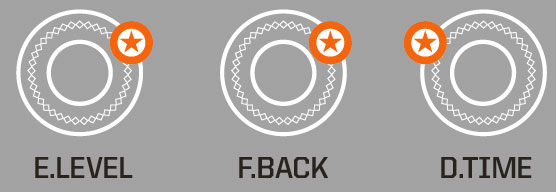
- E.Level: 2 o’ clock
- F.Back: 2 o’ clock
- D.Time: 10 o’ clock
- Mode: medium
Get the tone #2: Radiohead arpeggios
This can be also accomplished in long Mode, depending on the tempo of your playing, or the song you’re working on. If the piece of music is in 4, you’re looking for something that’s near enough the notes that it doesn’t jar, but not exactly precise, so it creates some muddy ambience around picking out chord shapes.
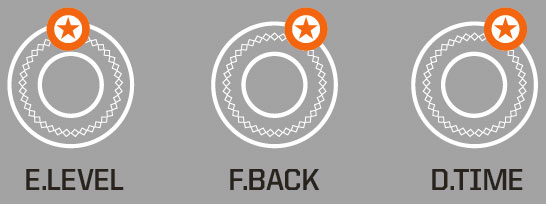
- E.Level: 12 o’ clock
- F.Back: 1 o’ clock
- D.Time: 1 o’ clock
- Mode: Medium
Get the tone #3: Giraffes? Giraffes! stutter
For a fun ‘stutter’ effect, used as a punctuation mark in riff s by bands like Giraffes? Giraffes!, use this setting and unleash a machine-gun barrage of repeats on demand. This works best with the Modern version of the DD-3.

- E.Level: 12 o’ clock
- F.Back: Max
- D.Time: 10 o’ clock
- Mode: Short
Total Guitar is Europe's best-selling guitar magazine.
Every month we feature interviews with the biggest names and hottest new acts in guitar land, plus Guest Lessons from the stars.
Finally, our Rocked & Rated section is the place to go for reviews, round-ups and help setting up your guitars and gear.
Subscribe: http://bit.ly/totalguitar
“A pedal that sings with harmonic richness and blooming touch response”: Tone King offers up boutique tube amp tones for your pedalboard with the Imperial Preamp
“Each and every unit is perfectly dialled in to the 'sweet spot' that can be so elusive to find in vintage pedals”: Pigtronix’s Gas Giant is a high-gain fuzz pedal with a FET-driven onboard noise gate












